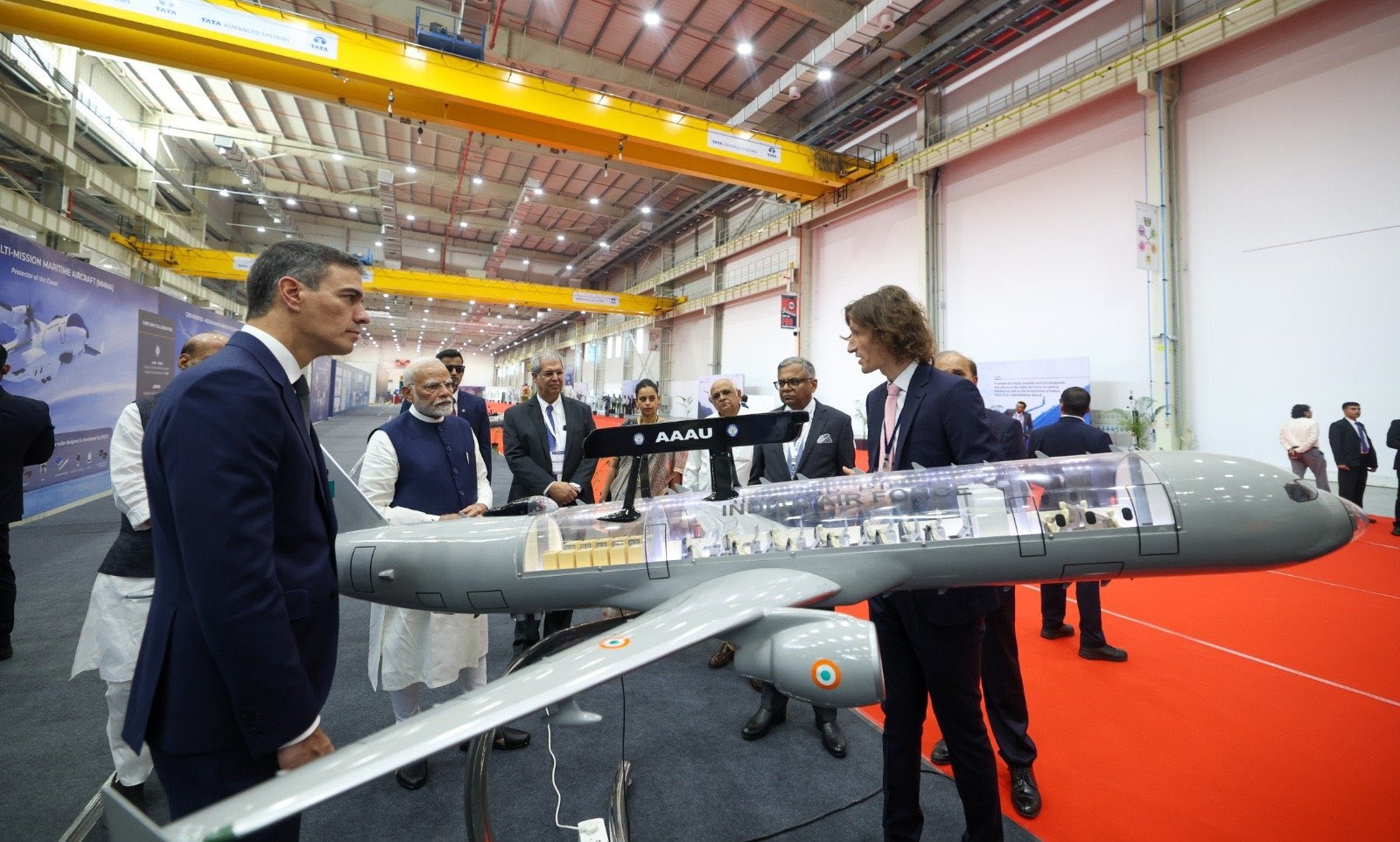France chooses Airbus A321XLR for maritime patrol: a challenge to Boeing’s dominance in Special Mission platforms?
Airbus Defence & Space’s proposal, which consists of a Maritime Patrol Aircraft (MPA) version of the A321XLR commercial aircraft, has outbid Dassault’s Falcon 10X to replace the French Navy’s (Marine Nationale) fleet of 18 Atlantique 2 aircraft from 2030.
According to renowned journalist Michel Caribol, the French Ministry of the Armed Forces considers that a militarized version of the A321XLR will be a more suitable platform, despite being more expensive in both acquisition and operation than Dassault’s aircraft. Its long range and superior payload capacity make it an ideal choice, as its large internal volume will allow a variety of mission equipment to be installed, enabling it to cover a broad spectrum of maritime patrol and anti-submarine warfare (ASW) missions.
Avions de patrouille maritime : le ministère choisit Airbus @Airbus @AirbusDefence @Dassault_OnAir @CEMM_FR @MarineNationale @Armees_Gouv @DGA @SebLecornu @GifasOfficiel @Gican_InduNav @thalesgroup @MBDAGroup @AJDPresse @AJPAE @CEMA_FR https://t.co/3XAvI6VuSf via @latribune
— CABIROL MICHEL (@MCABIROL) November 8, 2024
The long-awaited replacement for the Atlantique 2
Although the Atlantique 2 underwent a thorough modernization, incorporating new tactical mission systems, sensor subsystems and display consoles to counteract the obsolescence of its original systems and ensure its operability until the 2030s, these aircrafts had already accumulated many flight hours. Their production began in 1982, which made their replacement indispensable. To this end, the MAWS (Maritime Airborne Warfare System) program was launched to develop a new platform for the German and French maritime patrol fleets. However, Berlin finally opted to incorporate the U.S. P-8A Poseidon.

In January 2013, the Directorate General of Armament (DGA) launched a call for tenders to select the architecture of the future maritime patrol aircraft, commissioning Airbus and Dassault Aviation to carry out competing studies. The objective was to find an economically efficient solution that could meet the operational needs of the French Navy in the long term, after 2030. The proposals from both manufacturers were to be “open to cooperation with other potential European partners”.
As for European cooperation, Dassault Aviation was advocating the inclusion of Rolls-Royce as an engine supplier for the Falcon 10X. In a speech to the Senate, Eric Trappier (Dassault CEO) stressed that the team responsible for the 10X engine design was “exclusively German”, ranging from business development and design to manufacturing and technical studies. For its part, Airbus has a complete industrial ecosystem in France and Spain, which would allow it to effectively manage the production and development of this aircraft within the European framework.
The studies focused on key innovations, such as the improvement of sensors, communication systems, the integration of artificial intelligence and the incorporation of new armaments, with a particular emphasis on the development of the future anti-ship missile. In this context, the Ministry has committed a total of €89 million, of which €8 million will be allocated in 2025 to this program.
Why militarize the A321XLR?
The A321MPA, unveiled to the public just a few days ago during the Euronaval show in Paris, is a new development based on the A321XLR (eXtra Long Range) commercial model. This aircraft offers superior characteristics to the A320neo, which was initially proposed as the platform on which Airbus could develop its special mission aircraft.
Blog – #Euronaval 2024 – A321 version MPA par @AirbusDefence – Le futur de la patrouille maritime pour la @MarineNationale et à l’export ?https://t.co/HuS13BHnuh#Euronaval2024 #AvGeek https://t.co/oP79fDdwfD pic.twitter.com/bJfW1h6hZm
— FdeStV (@Marsattaqueblog) November 5, 2024
The choice of the A321XLR as a maritime patrol aircraft also appears to be aimed at differentiating itself from its main competitor, Boeing, which has based its family of special mission aircraft on the 737 platform, such as the P-8A Poseidon and the E-7 Wedgetail. These models are gaining ground thanks to their high performance, the logistical advantage of being the preferred choice for the U.S. military, and the fact that they will remain in production for several years. However, the problems faced by Spirit Aerosystems, the supplier in charge of building the 737 airframes for Boeing, could affect the pace of delivery of the P-8A and E-7, and even cause a temporary interruption of their production.

Unlike Boeing, Airbus has got a better handle on problems in its supply chain, allowing it to offer greater «predictability» in delivery schedules. Moreover, with India’s intention to develop an Airborne Early Warning and Control (AEW&C) version also based on the A321, the European aerospace giant is positioning itself with a platform that not only boasts superior range and volume, but also greater payload capacity than its main competitor. By developing a family of military platforms based on the A321, Airbus would now have a powerful tool to challenge Boeing’s advantages in the lucrative special mission market.

/https://aviacionlinecdn.eleco.com.ar/media/2022/06/A321XLR-First-flight-take-off-scaled-e1731076552455.jpg)
Para comentar, debés estar registradoPor favor, iniciá sesión